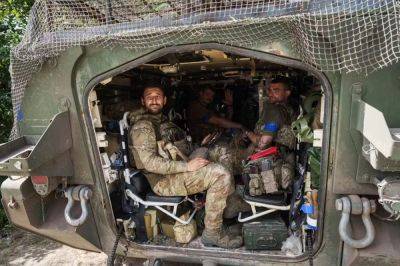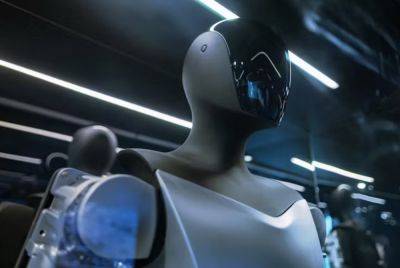AI chatbots hold the key to driverless cars
A quick search on the internet will yield numerous videos showcasing the mishaps of driverless cars, often bringing a smile or laugh. But why do we find these behaviors amusing? It might be because they starkly contrast with how a human driver would handle similar situations.
Everyday situations that seem trivial to us can still pose significant challenges to driverless cars. This is because they are designed using engineering methods that differ fundamentally from how the human mind works. However, recent advancements in AI have opened up new possibilities.
New AI systems with language capabilities – such as the technology behind chatbots like ChatGPT – could be key to making driverless cars reason and behave more like human drivers.
Research on autonomous driving gained significant momentum in the late 2010s with the advent of deep neural networks (DNNs), a form of artificial intelligence (AI) that involves processing data in a way that is inspired by the human brain. This enables the processing of traffic scenario images and videos to identify “critical elements”, such as obstacles.
Detecting these often involves computing a 3D box to determine the sizes, orientations, and positions of the obstacles. This process, applied to vehicles, pedestrians and cyclists, for example, creates a representation of the world based on classes and spatial properties, including distance and speed relative to the driverless car.
This is the foundation of the most widely adopted engineering approach to autonomous driving, known as “sense-think-act.” In this approach, sensor data is first processed by the DNN. The sensor data is then used to predict obstacle trajectories. Finally the systems plan the car’s next actions.
While this







